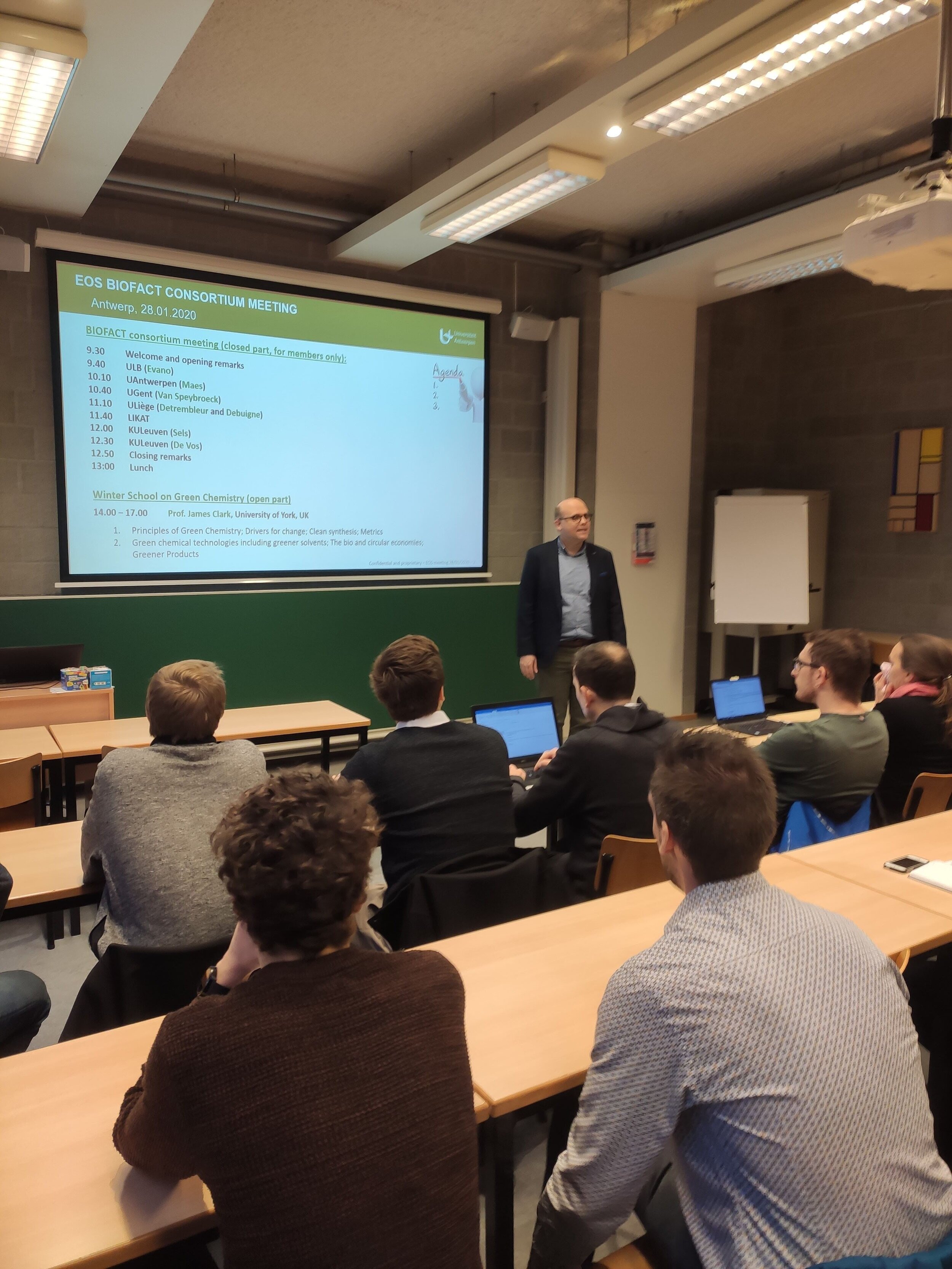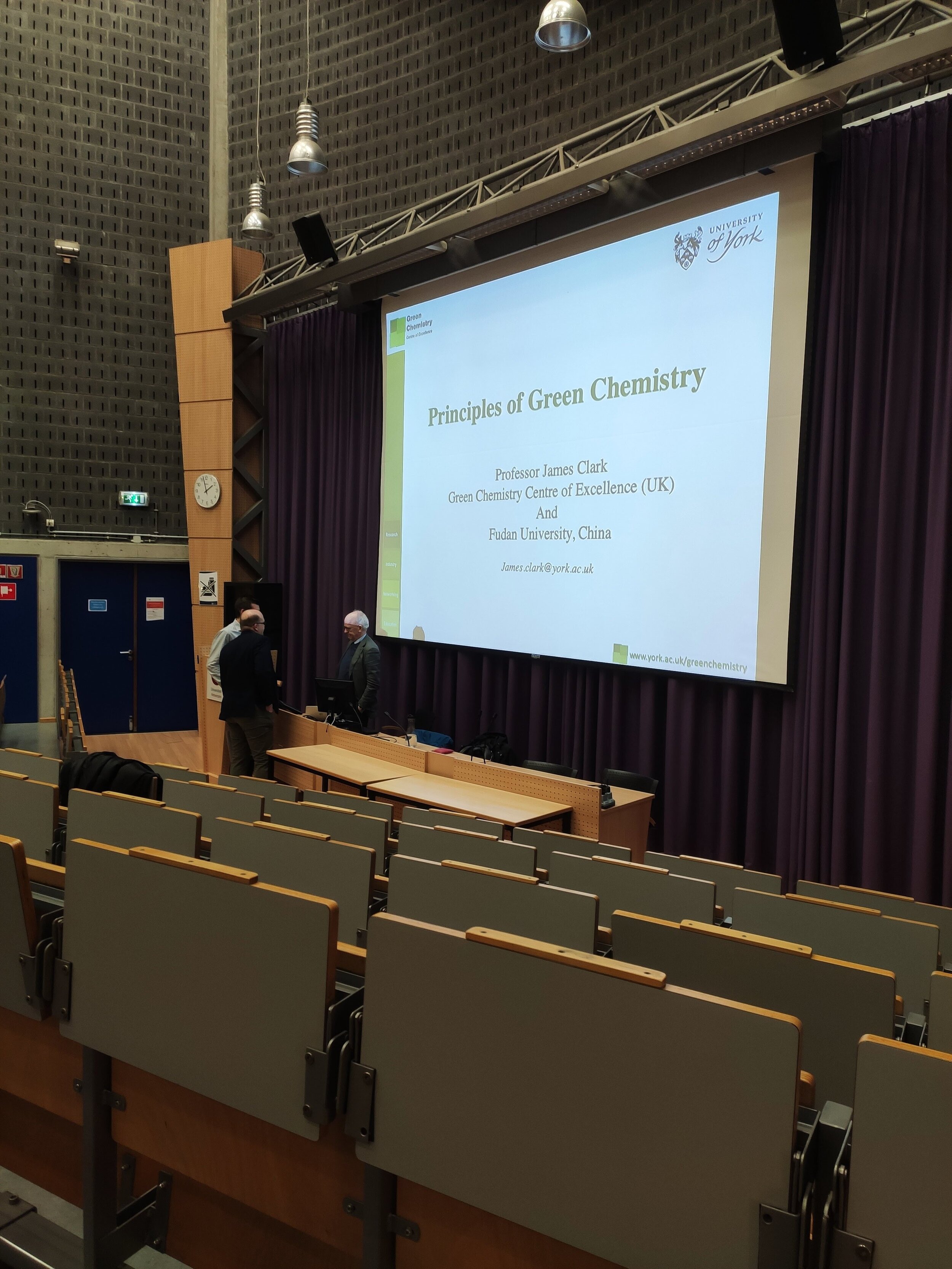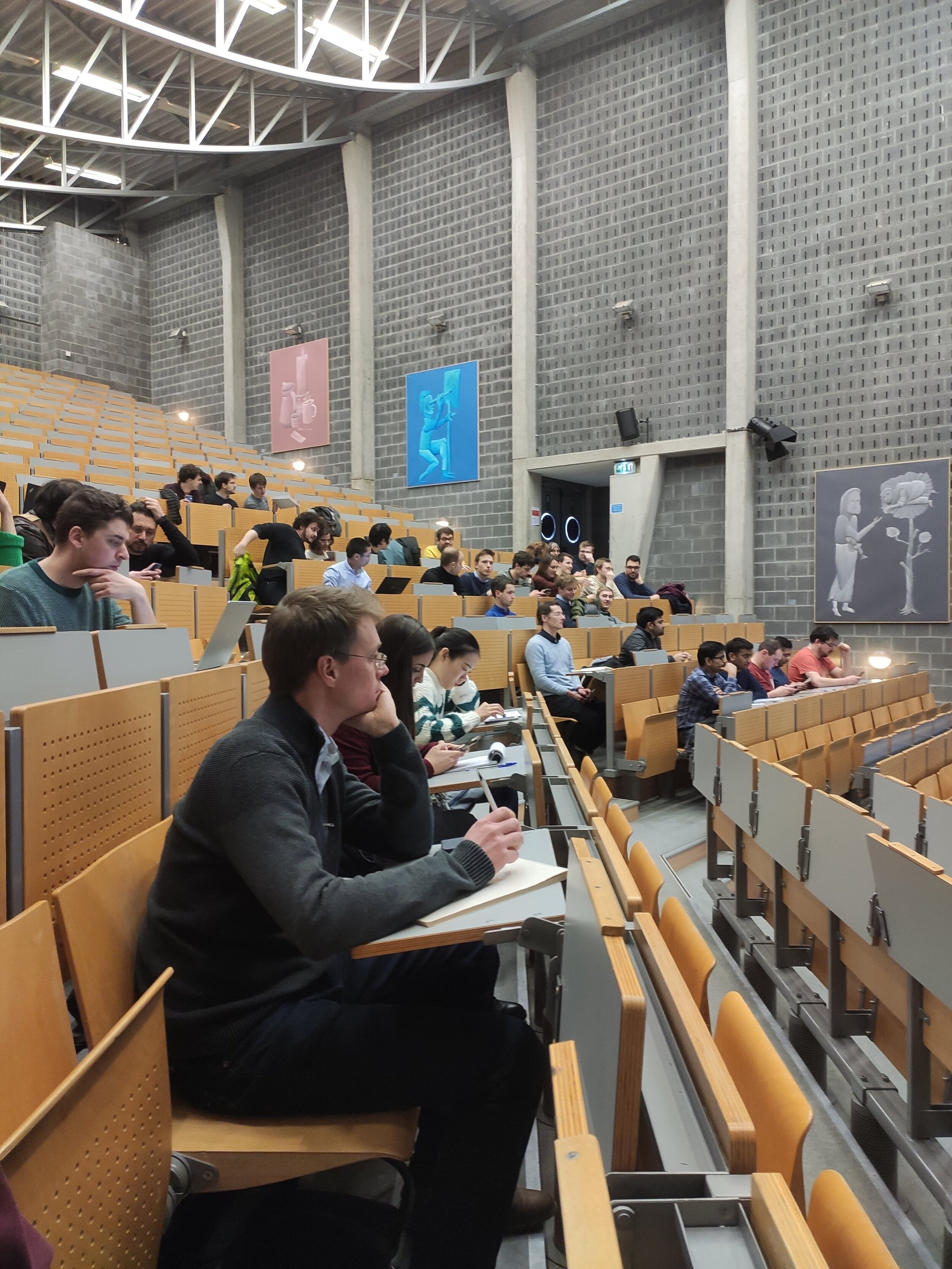
Mission
The central topic of this project is the development of a complete and innovative biorefinery, capable to efficiently convert wood chips in high added-value chemicals.
Background
In the last few decades, the depletion of crude oil reservoirs around the globe has exacerbated the need of innovative chemical processes, able to convert renewable biomasses in chemicals and fuels. An enticing opportunity is nowadays represented by the exploitation of lignin which, together with cellulose and hemicellulose, is one of the polymeric materials that provide strength to the plants stems.
There are two main reasons why lignin has been chosen as central bioresource for our biorefinery:
1. Lignin is a waste of the paper industry.
2. Lignin has the highest content of aromatic units among the natural polymers.
Starting from the first point, lignin must be removed by cellulose and hemicellulose to obtain high-quality paper. Those lignin wastes are generally simply burnt, to provide energy for the paper production process. This is however a huge loss of potentially useful chemicals, as lignin is made up by a complex network of aromatic units. This characteristic is fundamental, as it is unique within the renewable sources of biochemicals. Moreover, aromatic building blocks are needed to synthetize many important products of everyday life, like plastics and drugs.
The main problem that, until now, has limited the exploitation of lignin is its high chemical resistance and heterogeneity in composition. Indeed, with conventional depolymerization techniques, it is impossible to end up with few useful small molecules and a very complex mixture is obtained instead. It goes without saying that treat a very heterogeneous mixture to obtain its pure components in low yield is economically and practically unfeasible.
In solution to this problem, KULeuven has recently developed a unique and innovative biorefinery process, able to depolymerize lignin directly from wood chips. The process results in a very high yield of only 4 main simple aromatic products, while the cellulose remains mostly unaffected and can therefore still be processed to produce a variety of commodity chemicals. This innovative approach has been called lignin-first.
The aromatic units obtained by the depolymerization process are still too complex to be used as such. They then need to be further modified in order to achieve the objective of going from lignin to high added-value products. Here, our aim is to initially reduce the complexity of those molecules and, once very simple building blocks have been obtained, recombining them in new fashions to finally synthetize valuable chemicals and materials. The development of innovative catalytic processes, through a multiscale and multidisciplinary approach that might be capable of further modify the lignin-derived aromatics with the final goal of obtaining useful products, such as polymeric materials, constitutes the final purpose of this project. A large cooperation of scientists from five Belgian universities and the Leibniz-Institut für Katalyse, in Germany, is involved in this effort to finally push the chemical industry away from the fossil resources.
Goals
The project is divided in 7 working packages, each with a specific goal in the lignin to chemicals path:
1/ A novel biorefinery concept: carbonylative lignin depolymerization and functionalization.
The first step of the project concerns the investigation of lignin depolymerization and functionalization with CO. This innovative approach aims to the creation of a new lignin depolymerization technique as a valid alternative to the already existing one.
2/ Selective (de)functionalization of lignin-first functional aromatic building blocks.
After depolymerization, the newly produced aromatic monomers are not yet suitable to be used as starting materials for high added-value chemicals. For this reason, de-functionalization techniques will be developed, in order to decompose the monomers in even simpler molecules, like catechol and pyrogallol.
3/ C(sp2)-O functionalization in lignin-first derived building blocks.
4/ C(sp2)-H and C(sp3)-H functionalization in lignin-first derived building blocks.
The working packages 3 and 4 can be described together. Indeed, they both consist of a rifunctionalization of the simple molecules obtained from the work package 2. The purpose is to generate new building blocks suitable to produce more complex (and useful) molecules and materials.
5/ Polymers based on lignin-first derived monomers.
The final step is then to take the molecules synthetized in the previous working packages and polymerize them, to produce novel families of functional polycarbonates and polyurethanes.
6/ First principle simulations of chemical transformations in complex molecular environments.
Each of the previous working packages are purely experimental, however, if a complete understanding of the reactions under study wants to be reached, a theoretical investigation is needed. The aim of this working package is to offer theoretical support to all the others and then get a complete picture of the main reactions involved in the project.
7/ Green metrics.
to ensure synthetic method development to be in accordance with the green chemistry principles, the greenness of the new transformations will be assessed, during the development phase, using the recently published green chemistry metrics. Besides quantitative (atom efficiency, yield, selectivity, reaction mass efficiency and mass intensity), also qualitative indications with respect to the properties of reactants/reagents/solvents used will be evaluated.
The project aims then to take a very complex bioresource, the lignin, and slowly reduce its complexity to arrive at very simple molecules with high yield and selectivity based on the initial lignin. Then, starting from those molecules, the complexity is selectively increased in order to synthesized complex products and materials.
Partners
KULeuven
Leibniz-Institut für Katalyse
Universiteit Antwerpen
Université Libre de Bruxelles
Université de Liège
Ghent University
News
26/09/2020: new insights into pine wood RCF in Chemical Science
In-depth structural analysis of biorefined lignin is imperative to understand its physicochemical properties, essential for its efficient valorization to renewable materials and chemicals. In a new publication in Chemical science, an advanced analytical toolbox for future RCF lignin conversion and lignin structural analysis research was offered, and valuable insights for lignin oil valorization purposes were shown.
16/07/2020: RCF scale-up challenges in Industrial & Engineering Chemistry Research
In the last 5 years, reductive catalytic fractionation (RCF) of lignocellulose biomass has emerged as a promising biorefinery concept that combines biomass fractionation with the preservation of chemical functionality in its products.In order to inspire future multidisciplinary research in the community, scale-up challenges for the RCF process are presented in the Industrial & Engineering Chemistry Research journal and discussed via multiple angles combining chemical process hurdles with more technical aspects, such as reactor design and process consequences. You can read the article here.
02/07/2020: Succesful scale-up of the RCF process
In the context of the international ALIGN project (CLIB), Fraunhofer CBP and the Sels-group (KU Leuven) worked closely together to demonstrate the state of the art lignin first process at pilot scale. This upscaling collaboration has enabled the processing of multi-kilograms of biomass towards high value phenolics and a pure cellulose/sugar fraction. These positive scale-up results are a positive indication for the bright future of the RCF technology. Read more about it here.
20/03/2020: Biofact publication in Science
Liao et al. developed a biorefinery concept in which wood is eventually fully converted into useful chemicals: phenol, propylene, pulp amenable to ethanol production, and phenolic oligomers that can be incorporated into ink production. A life-cycle assessment and techno-economic analysis highlight the efficiency of the process and reveal the potential for such biorefinery strategies to contribute to sustainable chemicals markets. All details can be found in the Science publication.
28/01/2020: SECOND BIOFACT CONSORTIUM MEETING (Antwerpen)
The second BIOFACT consortium meeting consisted of 2 parts. In the morning, a members-only meeting was organized according to the following programme:
9.30: Welcome and opening remarks
9.40: ULB (Evano) 10.10: UAntwerpen (Maes)
10.40: UGent (Van Speybroeck)
11.10: ULiège (Detrembleur and Debuigne)
11.40: LIKAT 12.00: KULeuven (Sels)
12.30: KULeuven (De Vos)
12.50: Closing remarks
After the lunch, an open Winter School on Green Chemistry was organized, with Prof. James Clark (University of York, UK) as invited speaker (14:00 - 17:00).
. Pictures of the open Winter School on Green Chemistry
01/03/2019: FIRST BIOFACT CONSORTIUM MEETING (Leuven)
09/11/2018: BIOFACT STEERING GROUP MEETING (Leuven)
21/02/2018: BIOFACT KICK-OFF MEETING (Leuven)











